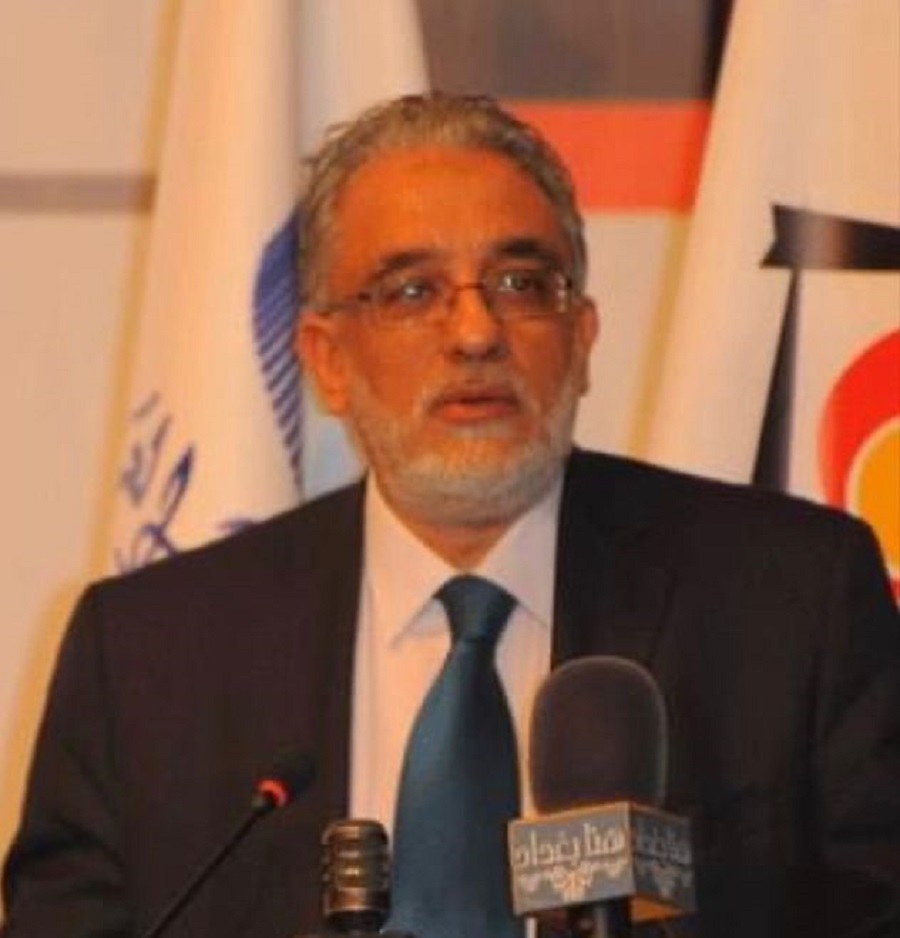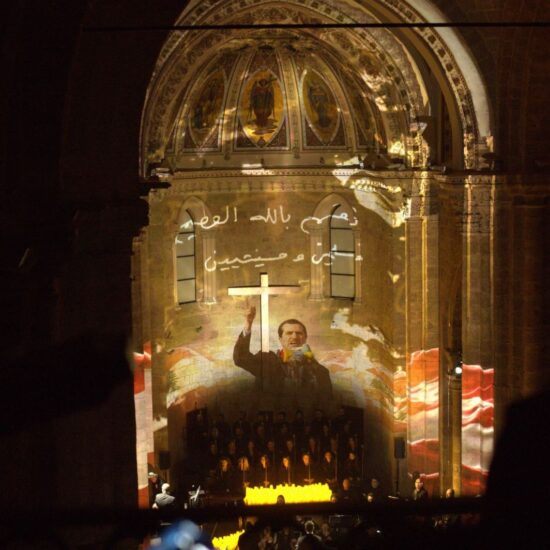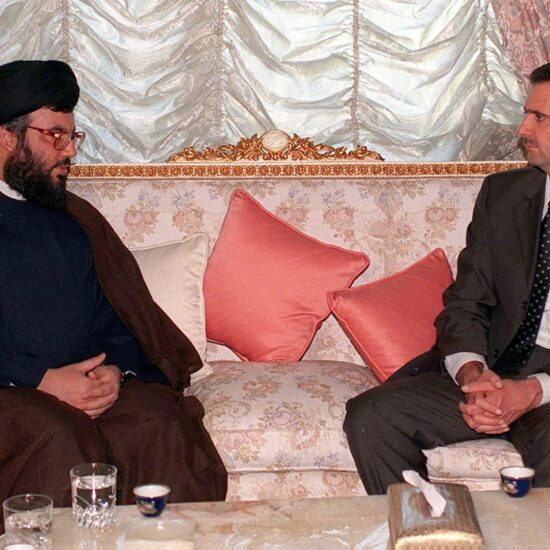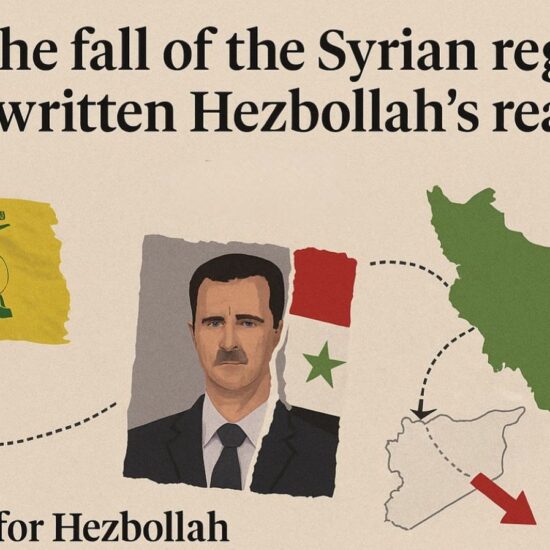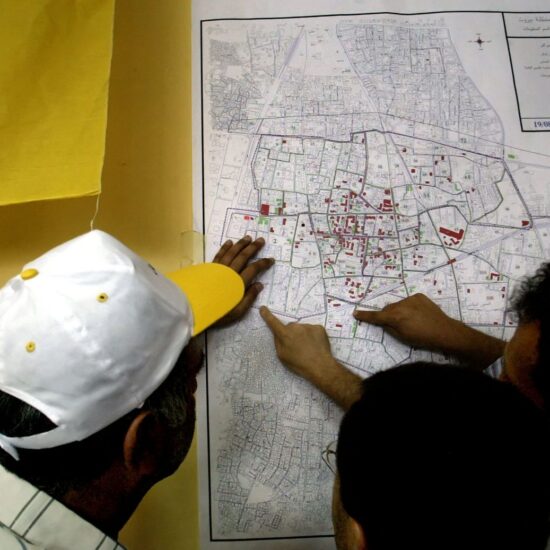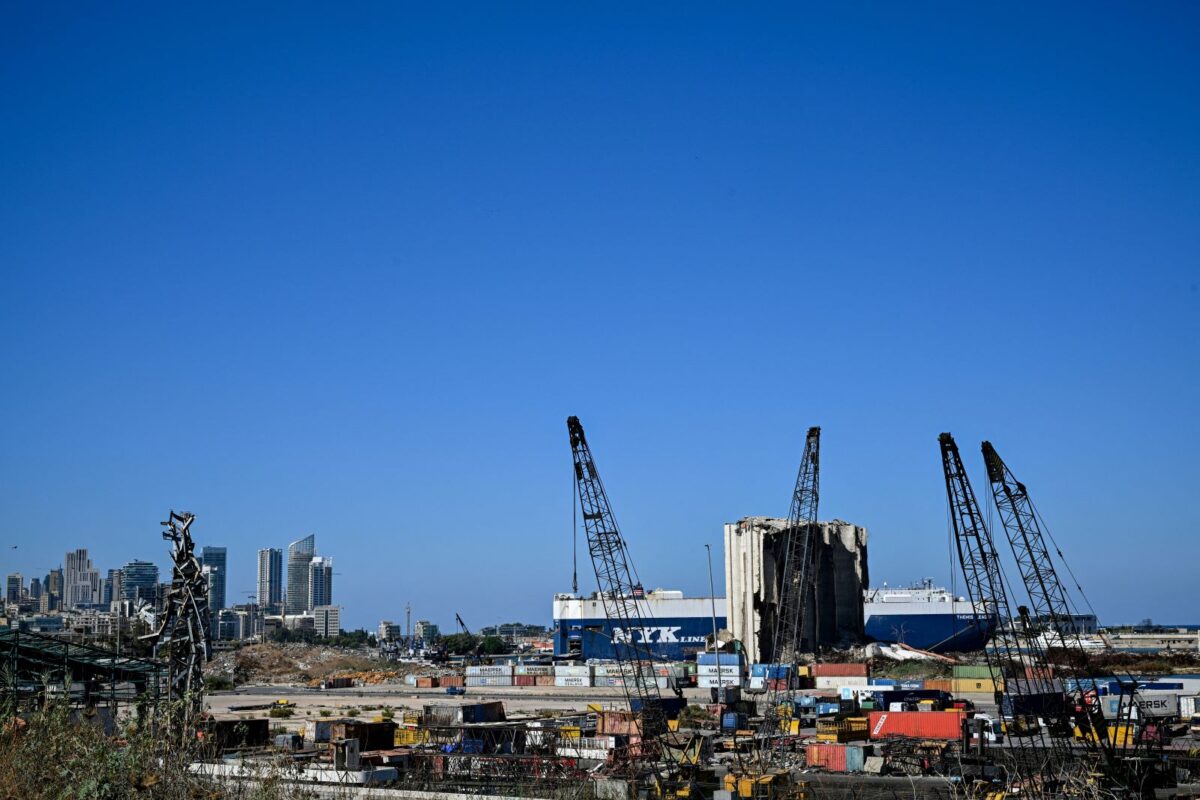
Indirect cost discloses a loss of skills and job market opportunities
To cover Lebanon’s budget deficit and address its economic challenges, the country will need to make significant adjustments according to calculations made by NOWLEBANON these would amount to some USD 15 billion in direct costs and another Usd10bln in indirect cost and restructuring scenarios.
Based on the latest projections, Lebanon’s budget deficit for 2025 is $196 million. However, this figure does not account for additional expenditures and debts, such as those owed to contractors, hospitals, and the National Social Security Fund. Neither those account for $3.4 billion physical damages due to conflict nor Economic Losses of some $5.1 billion due to conflict 166,000 individuals have lost their jobs, resulting in a loss of $168 million in earnings. Nearly 100,000 housing units have been partially or fully damaged, amounting to $3.2 billion in damages and losses. Disruptions to commerce have resulted in losses close to $2 billion. Agricultural losses and damages amount to about $1.2 billion. The United Nations Office for the Coordination of Humanitarian Affairs (OCHA) released on December 12 reported that as of December 5, the number of casualties from the Israeli aggression have reached 4,047 (including 270 children), while 16,638 have been injured. In addition, 902,717 displaced individuals have returned to their cadaster of origin as of December 12 while 178,817 individuals remain displaced (11% decrease since the last report). In addition, OCHA reported that some 55,000 Lebanese people that left to Syria have returned between since November 27. It also mentioned that since the cessation of hostilities, four hospitals have started undergoing repairs, with plans to open during the upcoming weeks, while adding in the same vein that the World Health Organization is aiming to prioritize the repair of fourteen fully or partially closed hospitals once areas become accessible. The report revealed that the conference that was held in Paris on October 24 has raised some $800 million in pledges towards humanitarian aid in Lebanon, commenting that 32.0% ($136.5 million) of the $425.7 million flash appeal requested by the U.N. has been received so far.
A much needed new vision in jobs
Lebanon will not be able to retain its real prewar output levels mainly because of a large decline in investment, owing to the Israeli war-induced heightening of risk, which drastically slowed productivity growth rates; the dislocation of goods and labor markets; and the widespread destruction of physical capital stocks and large-scale emigration of those Lebanese endowed with relatively high levels of human capital. The International Labor Organization estimated that Lebanon’s unemployment rate skyrocketed from 11.4% in 2019 to a whopping 29.6% in 2022 as a result of the plethora of crises that have rampaged the country. unemployment rate skyrocketing from 11.4% in 2019 to a “concerning” 29.6% in 2022, with job losses amounting to a woeful 27.7% of the employment stock that prevailed in 2019. Accordingly, the employment to population ratio shed double digits to attain 30.6% in 2022 down from 43.3% in 2019. Said anemic figures, coupled with the elevated inflation levels, led to difficult socio-economic levels, with 85% of Lebanese encountering difficulties in meeting their financial obligations and 62% defining their financial situation as “very difficult”. Said grim conditions have instigated another brain drain wave especially among doctors, engineers, academics and entrepreneurs, while noting that a year 2021 poll pointed out that the number of people that are expressing a “strong desire” to permanently leave Lebanon reached 63%, compared to a pre-crisis level of 26%. Said migration waves have acted as a double-edged sword for Lebanon, with remittances that act as a lifeline for families standing at 37.8% of GDP in 2022 (highest level in the MENA region and third highest globally), yet depriving the country of valuable human resources.
Also indicators denotes that some 200,000 professional and skilled Lebanese sought employment in other countries. A look at Daleel Madani platform disclose that educated youth pursuing salaries in USD. Of the nearly 230 jobs posted on the platform at the time of writing, only 11 jobs are offered to students with only a high school diploma, three jobs require no degree, four jobs require some form of technical degree, and seven jobs are listed as “other”. Alternately, 170 jobs require a bachelor’s and 30 require a master’s degree. This has had serious implications on the types of sectors and industries that have grown over the decades. This evidence points to the trend that the agriculture, education, crafts, manual labor, construction etc. sectors have been entirely neglected by organizations like Daleel Madani attempting to increase employment rates in the country.
Projected revenues more wishful thinking
To be noted that the projected revenues of $4.582 billion are 63% lower than the 2019 budget bill, reflecting the significant economic challenges Lebanon faces. The government will be seeking additional tax revenues through various adjustments to increase revenues in the face of expanding expenditures. The 2025 budget is expected to issue treasury bonds in local currency worth approximately $196 million (at the current exchange rate) to finance the deficit. Approved by the government on Sept. 23, the same day Israel escalated its war on Lebanon, the budget draft fails to address the war’s devastation and the potential for aid pledged at the Paris conference.
Considering the Eurobond deficit of $16 billion, the total funding gap could be much higher. To cover both the budget deficit and Eurobond obligations, Lebanon may need to secure billions of dollars in international financial support, including grants, loans.
Also to be noted increases in fees and taxes are not matched by any addition to investment expenditures, which do not constitute more than 9.8% of the total budget expenditures, knowing that 70% of them are road maintenance expenditures. The government will spend about $2.54 billion to pay salaries, wages, social benefits, contributions to mutual funds, retirement pensions, end-of-service compensation, transportation, service and productivity allowances, an increase of about 50% over the 2024 budget, but still about 62% lower than in 2019. Salaries, wages and social benefits constitute about 53% of total budget expenditures, noting that the recorded increase is somewhat linked to the call-up of new elements to military service this year, as a state policy of social control, especially in communities that are unable to emigrate or find jobs in the private sector. In addition, about $219 million in emergency and exceptional expenditures (4.6% of total expenditures) are likely to be paid in the form of transportation and productivity allowances and aid during the year. Lebanon’s real GDP growth has been cut by an estimated 6.6% in 2024 due to ongoing conflict, exacerbating a cumulative decline of over 38% since 2019. The conflict has caused physical damages estimated at $3.4 billion and economic losses of $5.1 billion, impacting sectors like housing, commerce, and agriculture. Over 875,000 people have been internally displaced, with women, children, the elderly, persons with disabilities, and refugees being the most vulnerable. Approximately 166,000 individuals have lost their jobs, resulting in a loss of $168 million in earnings. According to the World Bank, Lebanon’s agricultural sector suffered from damages equivalent to $124 million between the October 8, 2023 and September 27, 2024 period as a result of the Israeli aggression on Lebanon, noting that the projected losses over a 12-month period are estimated around $1.1 billion due to farmland abandonment, burning, and disrupted olive harvests. In addition, the report estimated that meeting the food security needs of internally displaced persons costs around $131 million per month. The IMF has criticized the government regarding the high debt level, and has urged to achieve primary surpluses of four to five percent of GDP for several years in order to reduce government debt-GDP ratio. In fact, the IMF stated in their reports about Lebanon in 2011, that an ambitious fiscal strategy could bring the debt to ratio below 100 percent of GDP by 2020.
The government is expected to pay about $352 million (7.4% of total expenditures) on interest on local currency treasury bonds, an increase of 117% over what was paid in the 2024 budget. These amounts are a major source of profit for zombie banks that continue to operate through government support, which constitutes one of the reverse distribution tools, as well as from the commissions they deduct from the accounts registered with them.
As present Government Expenditures are structured in the following way:
- Total Expenditures: $4.779 billion
- Salaries, Wages, and Benefits: 53% of total expenditures
- Operating Spending: 19% of total expenditures
- Debt Interest: 7.5% of total expenditures
- Investment Spending: 9% of total expenditures
Projected Revenues
- Total Revenues: $4.582 billion
- Revenue Deficit: $196 million (4.11% of total expenditures)
Indirect cost
According to an IMF Report, the financial crisis in Lebanon that started in 2019 has raised some questions on the reliability of the IMF reports issued about Lebanon during the period of 2011 to 2019, as any of those reports has failed to predict the upcoming catastrophic economic collapse that struck Lebanon on October 2019. However, the IMF said the vision was not clear due to missing statically economic data. On another note, Lebanon urgently needs to reform the electricity sector (Edl), telecom, the water sector, the ports systems, and state owned entities, with consideration to privatize and regulate such utilities. Lebanon’s electricity sector incurs monthly losses amounting to approximately $70 million, which translates to over $800 million per year. The electricity sector has contributed to around 40-43% of Lebanon’s public debt, which is a significant burden on the country’s finances.
Where do we go from here
Experts believe that the only salvage of Lebanon are IMF reforms, a long and painful process, if it’s ever achieved. While coming to an agreement with the IMF, they expect new investments to generate additional cash flow; also, the unified exchange rate will relieve the Lebanese population from the high inflation that was witnessed in the last two years. However, it is to be seen and hesitant regarding the elimination of the corruption in Lebanon, as it is expected that the same political class to distribute power among themselves.
Maan Barazy is an economist and founder and president of the National Council of Entrepreneurship and Innovation. He tweets @maanbarazy.
The views in this story reflect those of the author alone and do not necessarily reflect the beliefs of NOW


